HEATING + COOLING: HYPERTHERMIC AND HYPOTHERMIC CONDITIONING TO MAXIMIZE PERFORMANCE


Environmental Stress and Boosting Endurance
There are many ways to improve performance in the gym: adding intensity to a workout, upping weight, eating a balanced ratio of macronutrients (Q+A with Malisa Nguyen RD, LP, CPT). But oftentimes, we look past one of the most accessible and beneficial strategies to improve performance – environmental stress. Altitude, heat, and cold are all examples of environmental stressors that factor into our training. While altitude training has been popularized by many athletes, many still don’t know of the incredible potential of heat and cold stress to improve athletic performance. Yet these accessible, convenient conditions may just be the thing that puts you above the rest.
Hyperthermic Conditioning
Hyperthermic conditioning, also known as calculated heat exposure, has been popularized by Dr. Rhonda Patrick. Her extensive studies in the subject have led to a new understanding of the power of saunas – a form of “passive” hyperthermic conditioning (“active” being heat-intensified moderate to vigorous workouts). In studies examining 20-30 minute sauna sessions twice a week, Dr. Patrick observed several positive effects on performance. Beyond their abilities to decrease DOMS (delayed-onset muscle soreness), reduce the risk of heart disease and hypertension, and lower blood pressure, sauna sessions post-workout have shown to increase endurance.
How Does Heat Exposure Increase Endurance?
Heat stress leads to an increase in plasma volume. “After three to four days of acute heat exposure, plasma volume typically is increased about 5-15%”. Increased plasma volume is closely connected to increased maximal oxygen uptake (VO2max). The more oxygen you’re able to uptake, the greater your endurance.
Heat exposure has also been shown to lead to an elevation in nitric oxide. Nitric oxide increases blood flow to the heart and skeletal muscle, which results in a lower heart rate for the same exercise workload. Increased blood flow to the exercising skeletal muscle also improves the delivery of essential fatty acids, oxygen, and glucose to skeletal muscle. This allows for longer periods of exercise.
The American Council on Exercise (ACE) recommends implementing hyperthermic conditioning 3-5 days a week for 20-30 minutes through both “active” (heated workouts) and “passive” (saunas or baths) modes.
ACE
Hypothermic Conditioning
Hypothermic conditioning, also known as calculated cold exposure, is a tool used by legends like surfer Laird Hamilton and Tony Robbins. Shown to improve immune function, increase fat loss, reduce inflammation and elevate mood, adding a cold regimen to a post-workout routine can better prepare you for your next gym session.
How Does Cold Exposure Improve Recovery?
Cold exposure (through a medium like an ice bath) can improve recovery by temporarily constricting your blood vessels. When you get out of an ice bath, your blood vessels dilate, which helps flush away metabolic waste post-workout and pushes oxygen and nutrients to your cells.
Ice baths have been shown to reduce inflammation and reduce muscle soreness and fatigue.
How Should You Implement Hyperthermic and Hypothermic Conditioning?
When heat and cold exposure are used in conjunction, Dr. Patrick observed a notable increase in growth hormone (the peptide hormone that stimulates growth, cell reproduction, and cell regeneration): “Two 20-minute sauna sessions separated by a 30-minute cooling period elevated growth hormone levels two-fold over baseline.” In practice, this could look like two sauna sessions or two baths separated by a cooling period to stimulate the growth hormone.
You already know that adding weight or intensity to your workouts makes you a better athlete. You already know that holistic nutritional recovery makes you a better athlete. But when it comes to being the best of the best? Put your body to the true test of environmental stress.










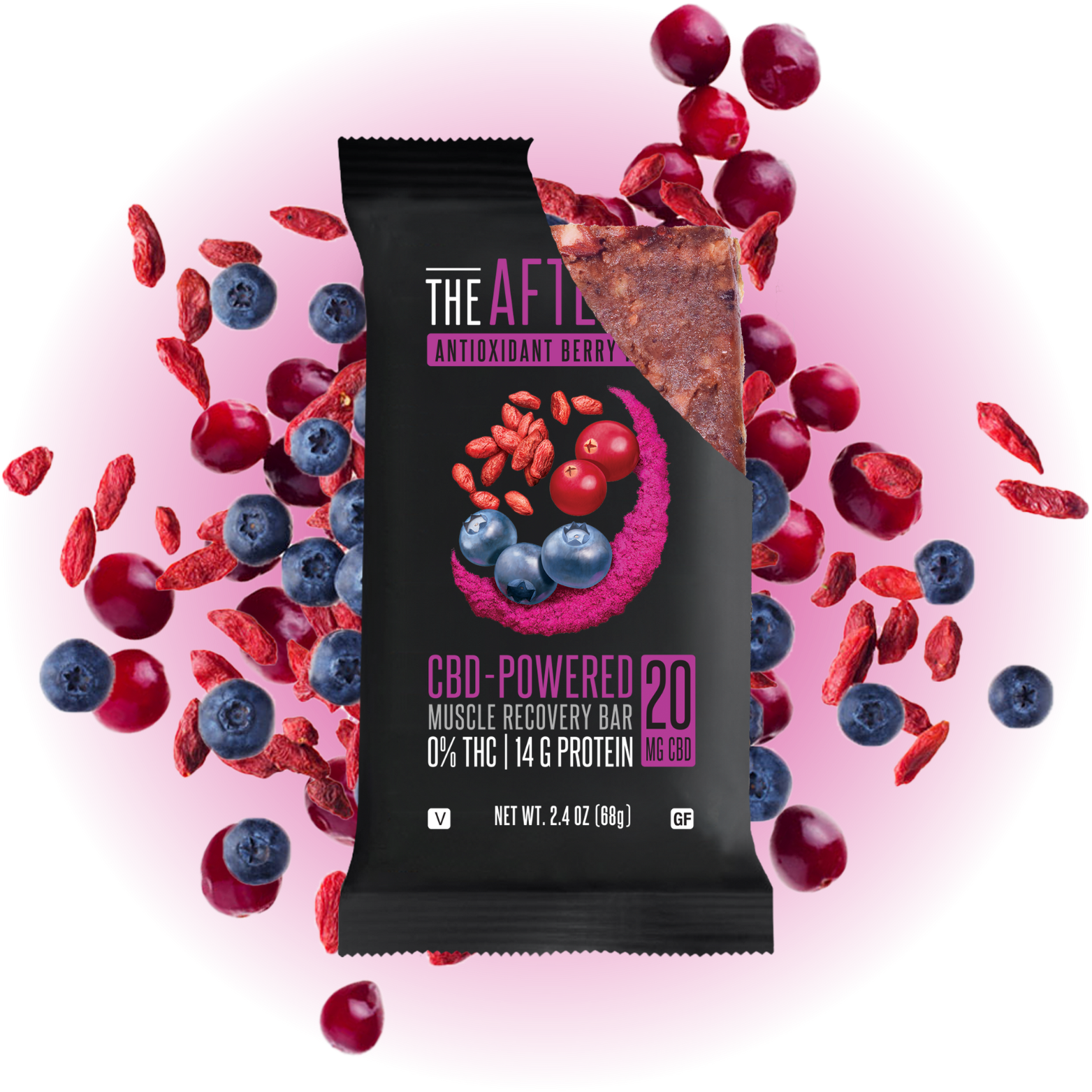
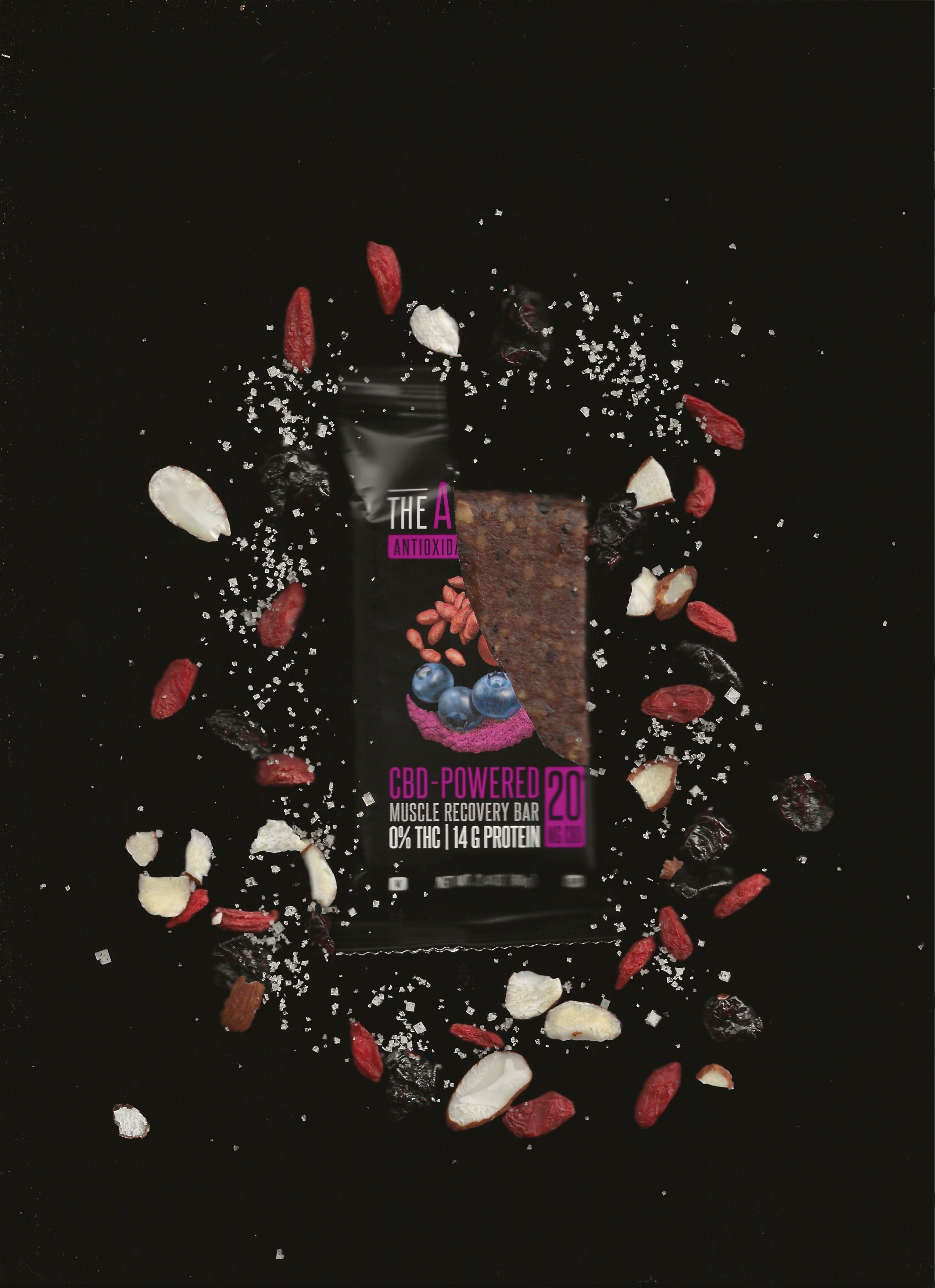
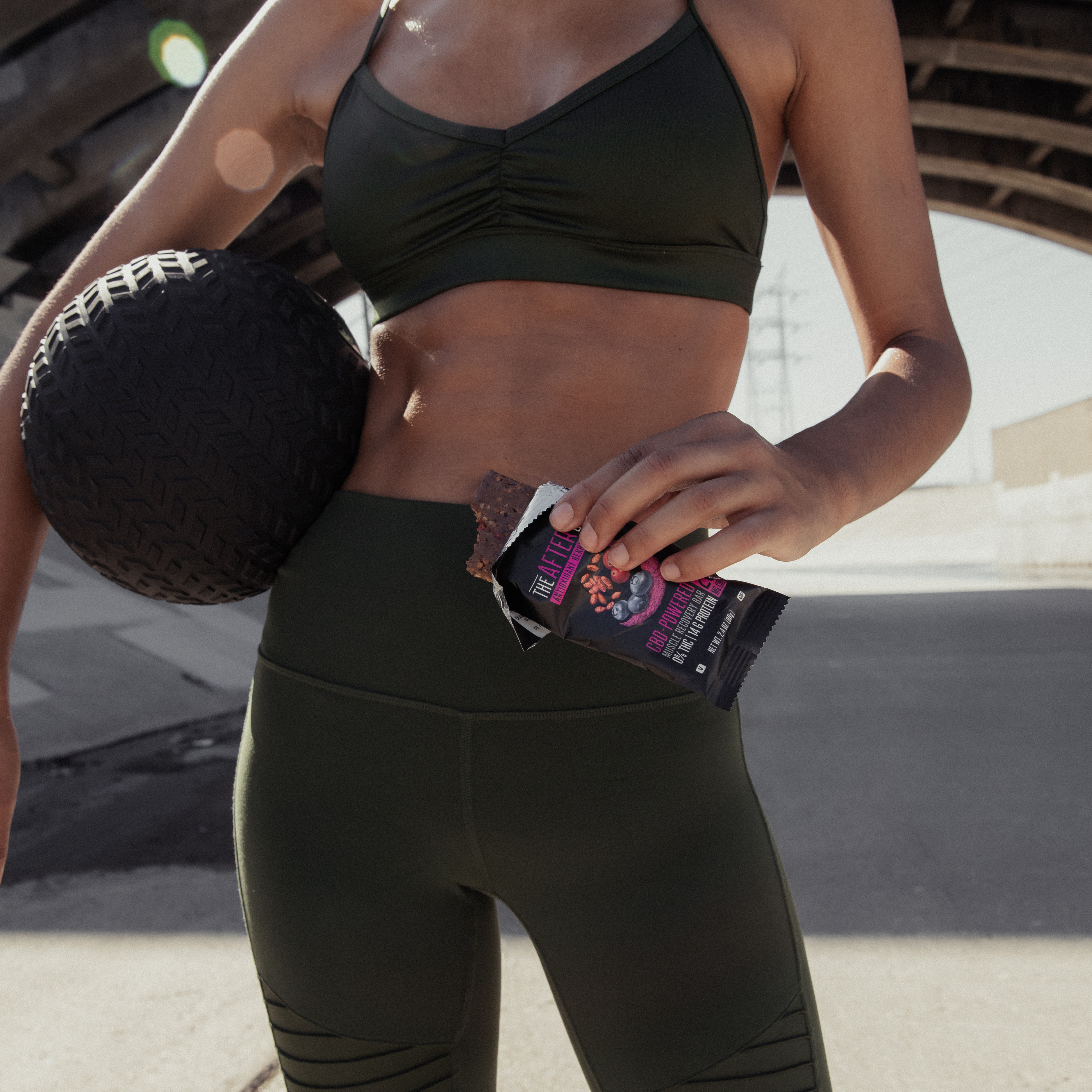
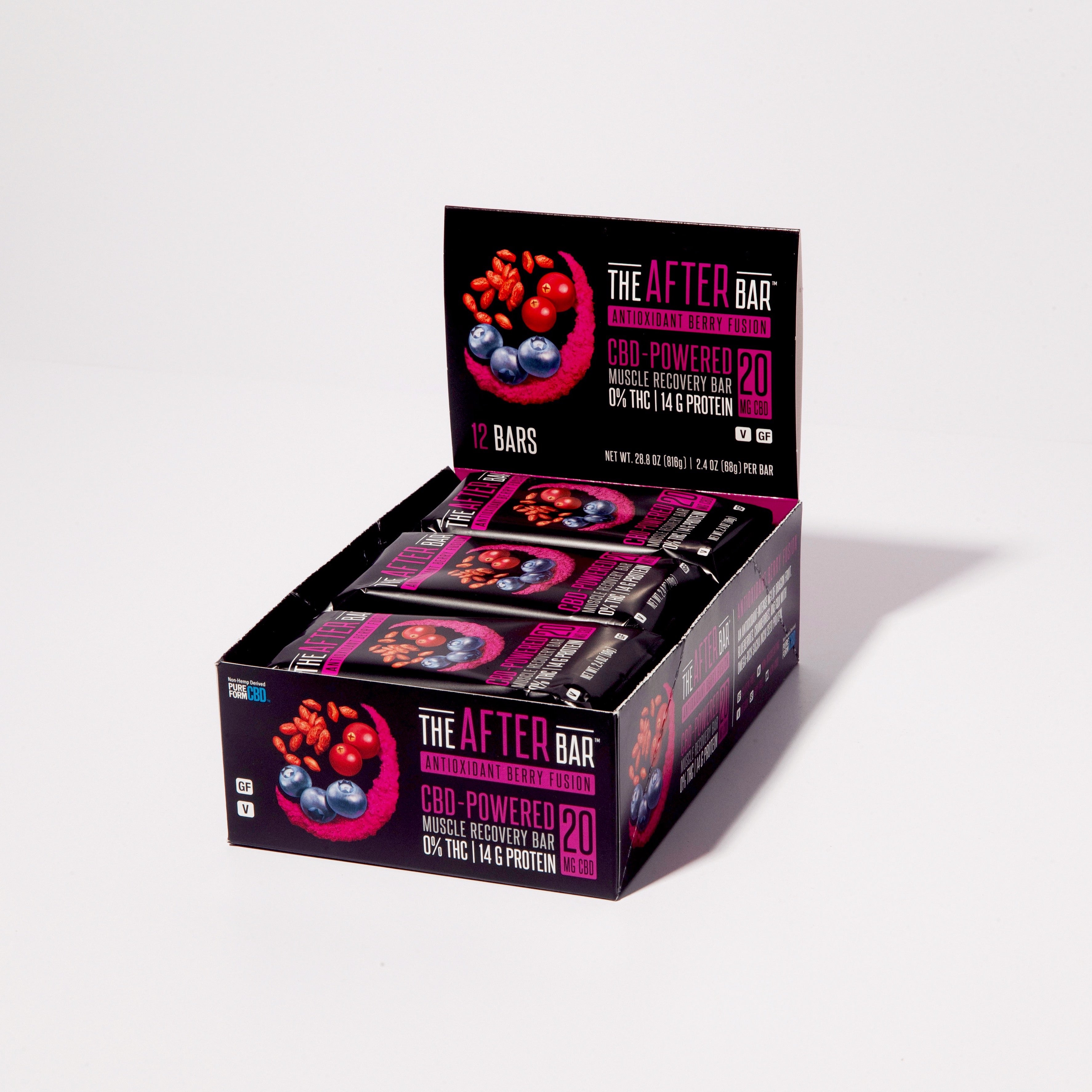
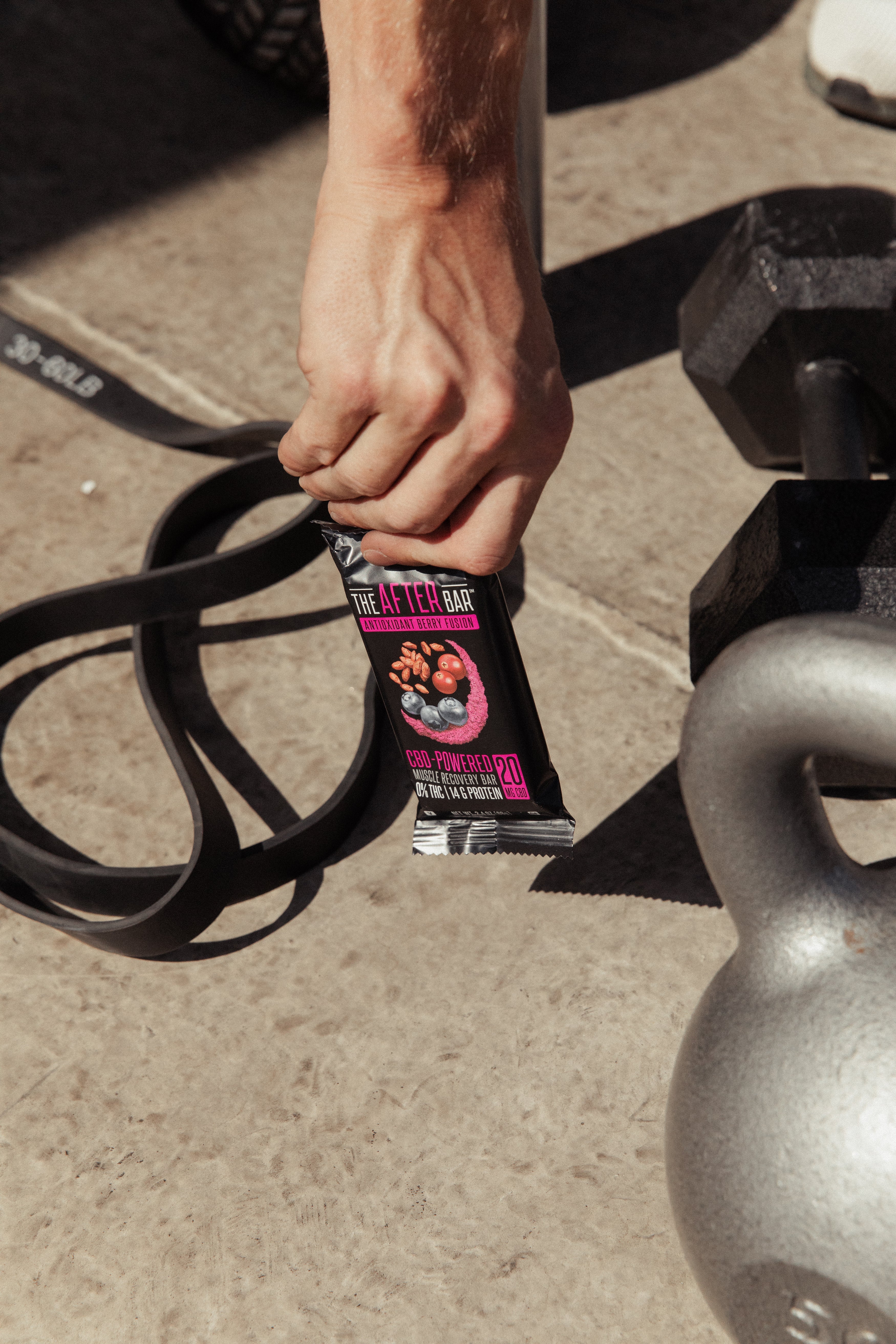
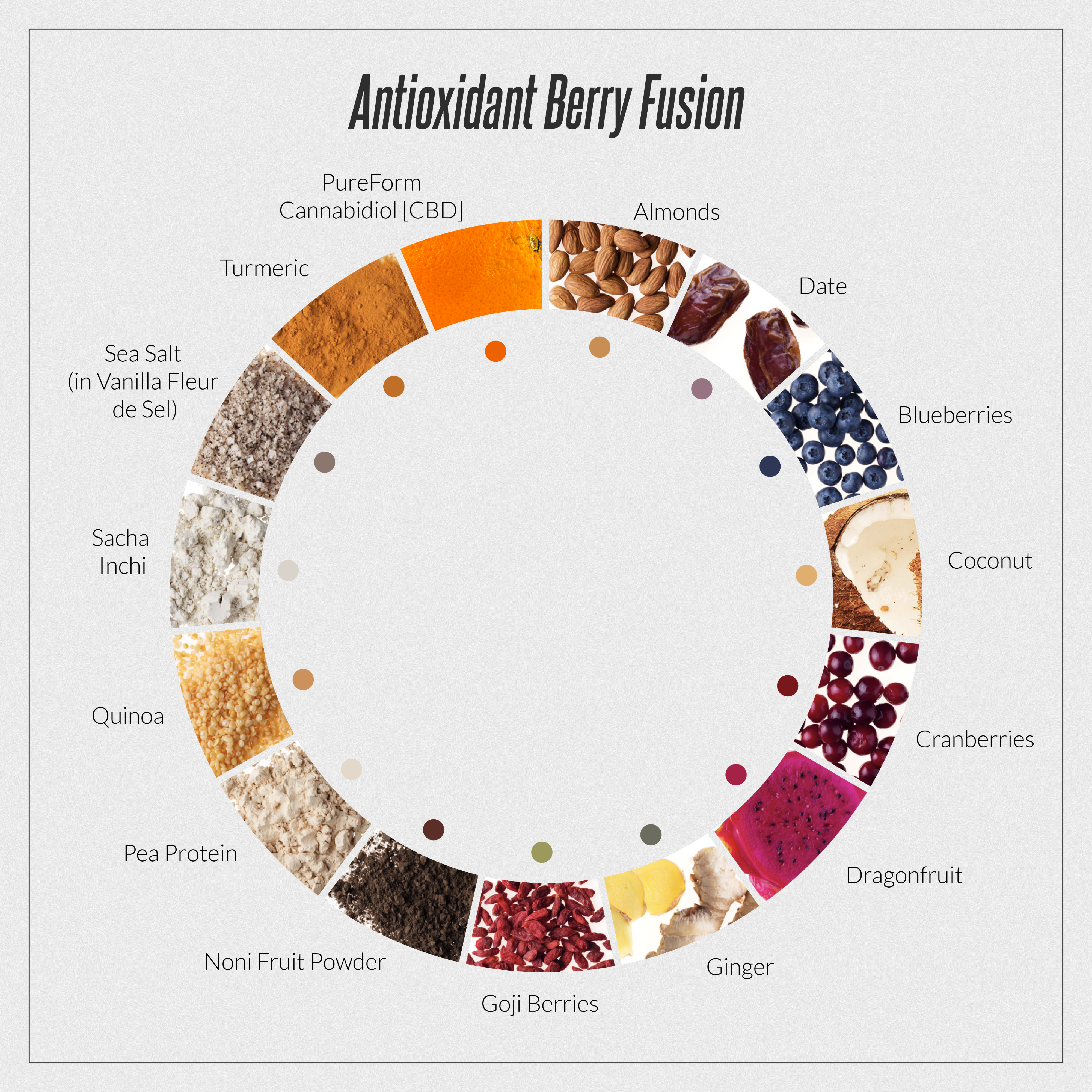
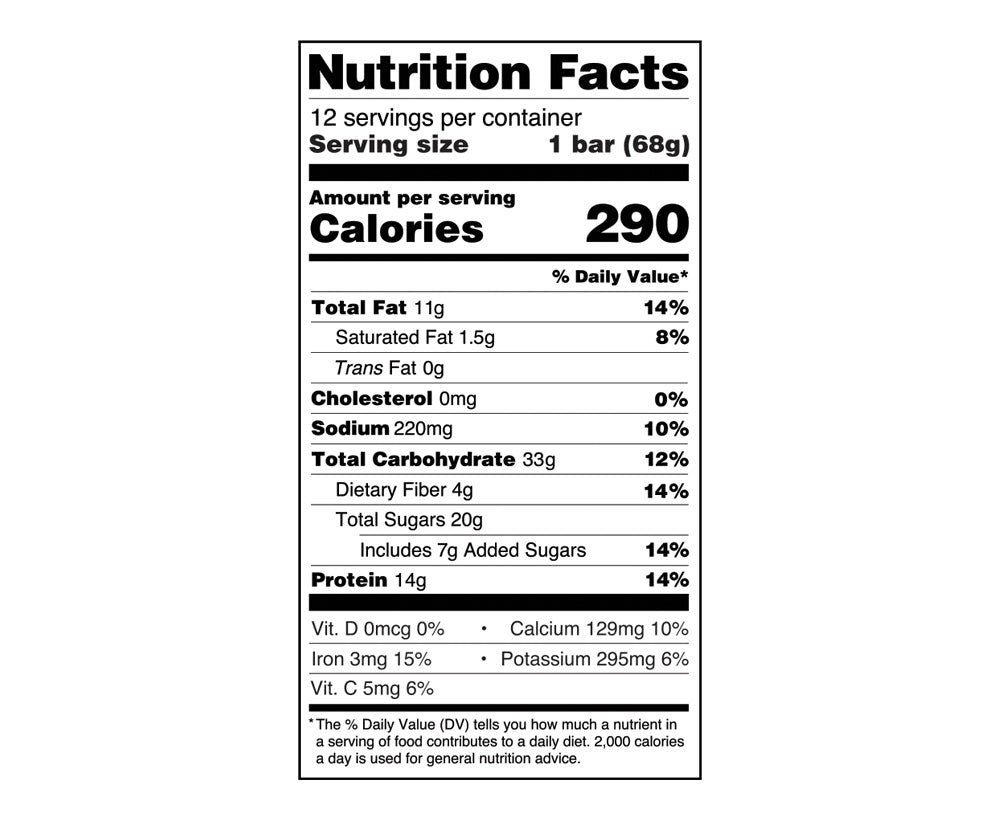
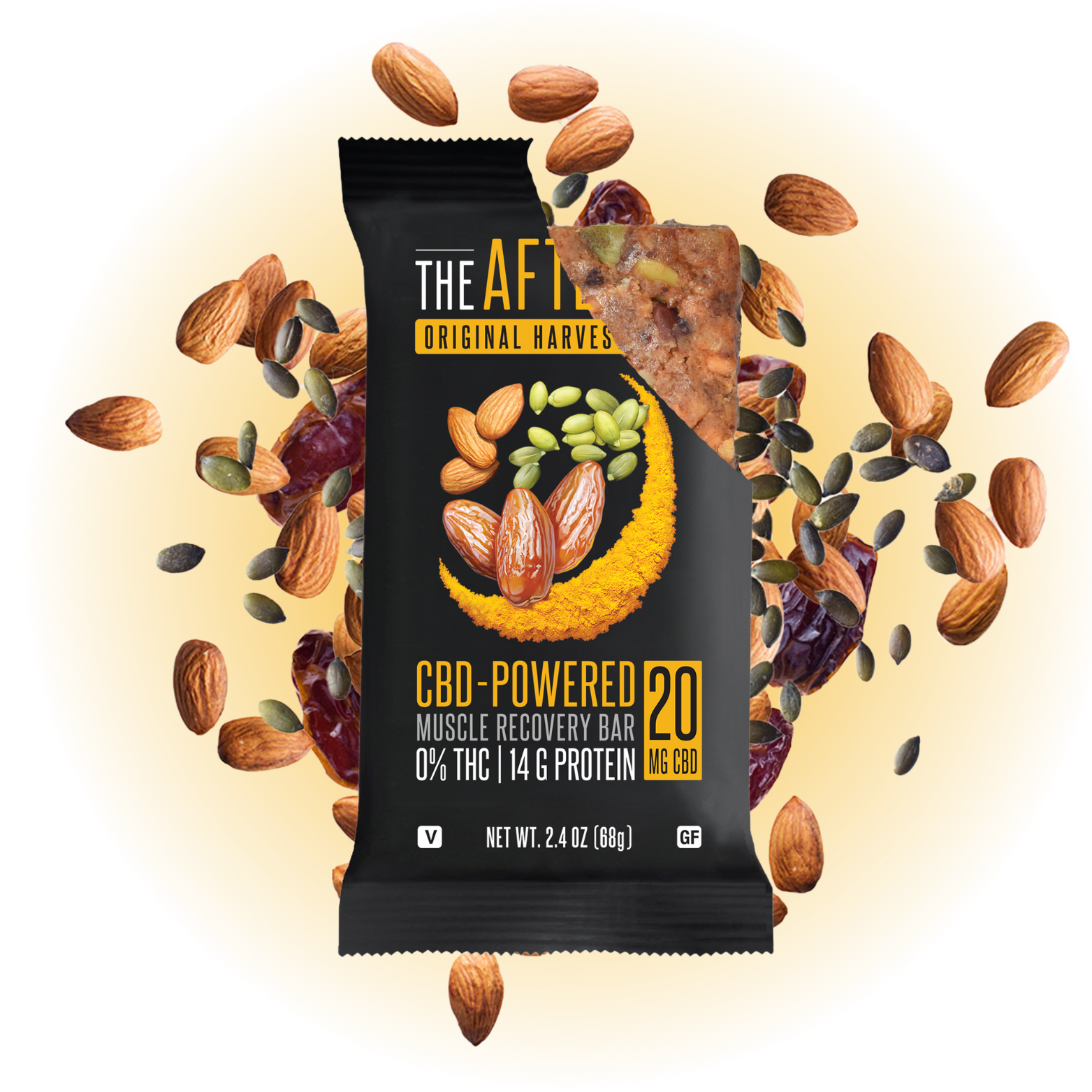
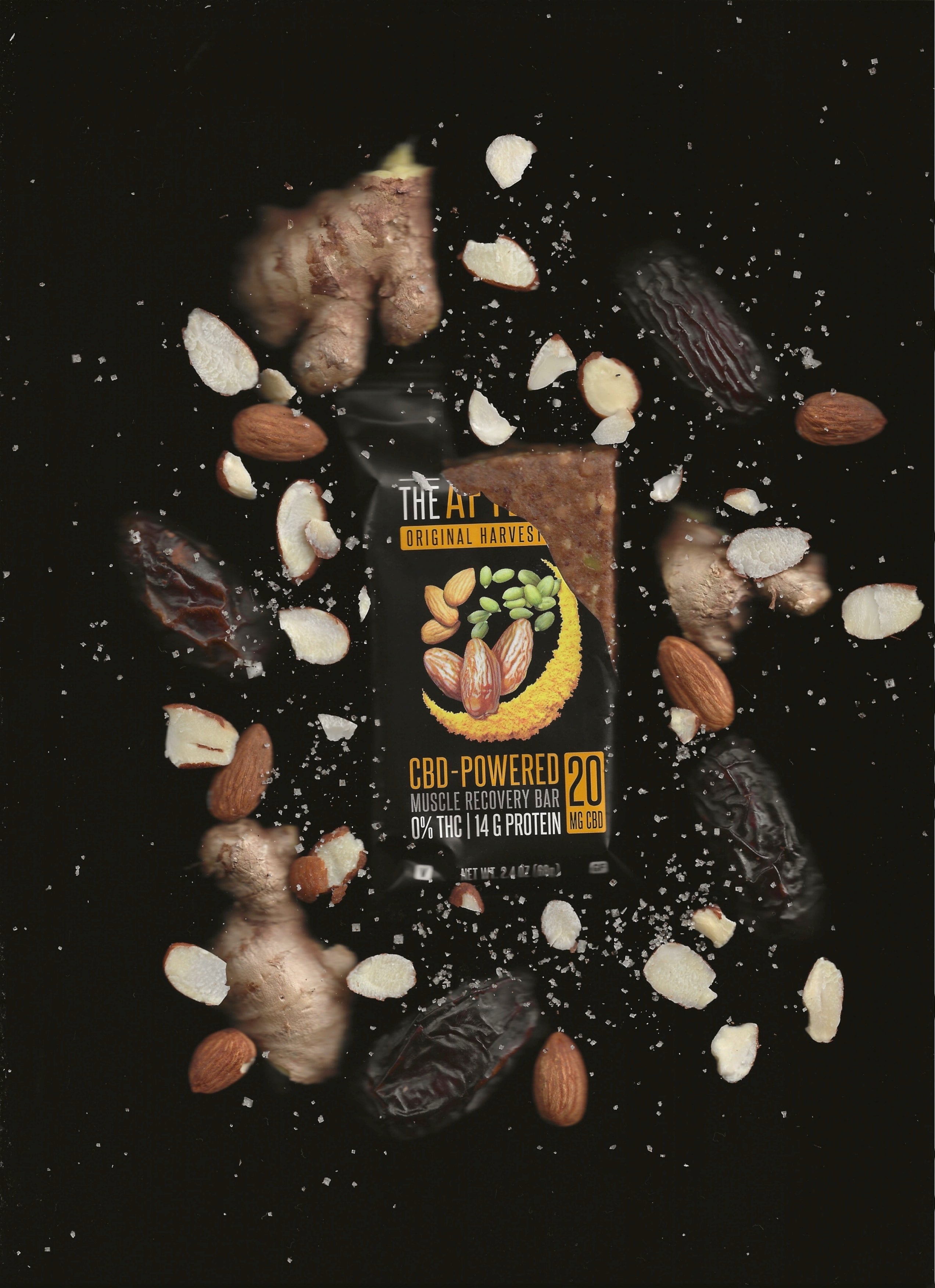
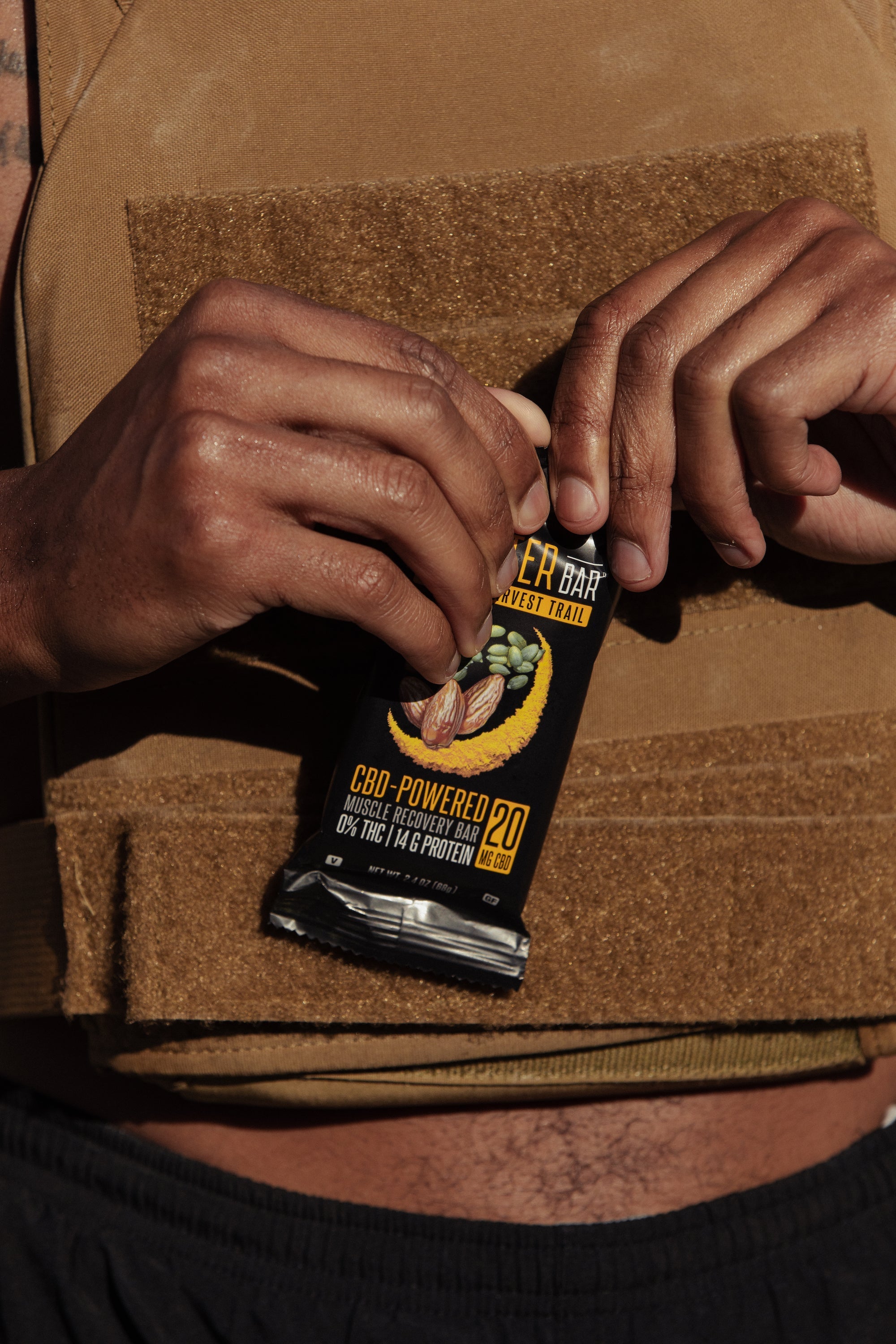
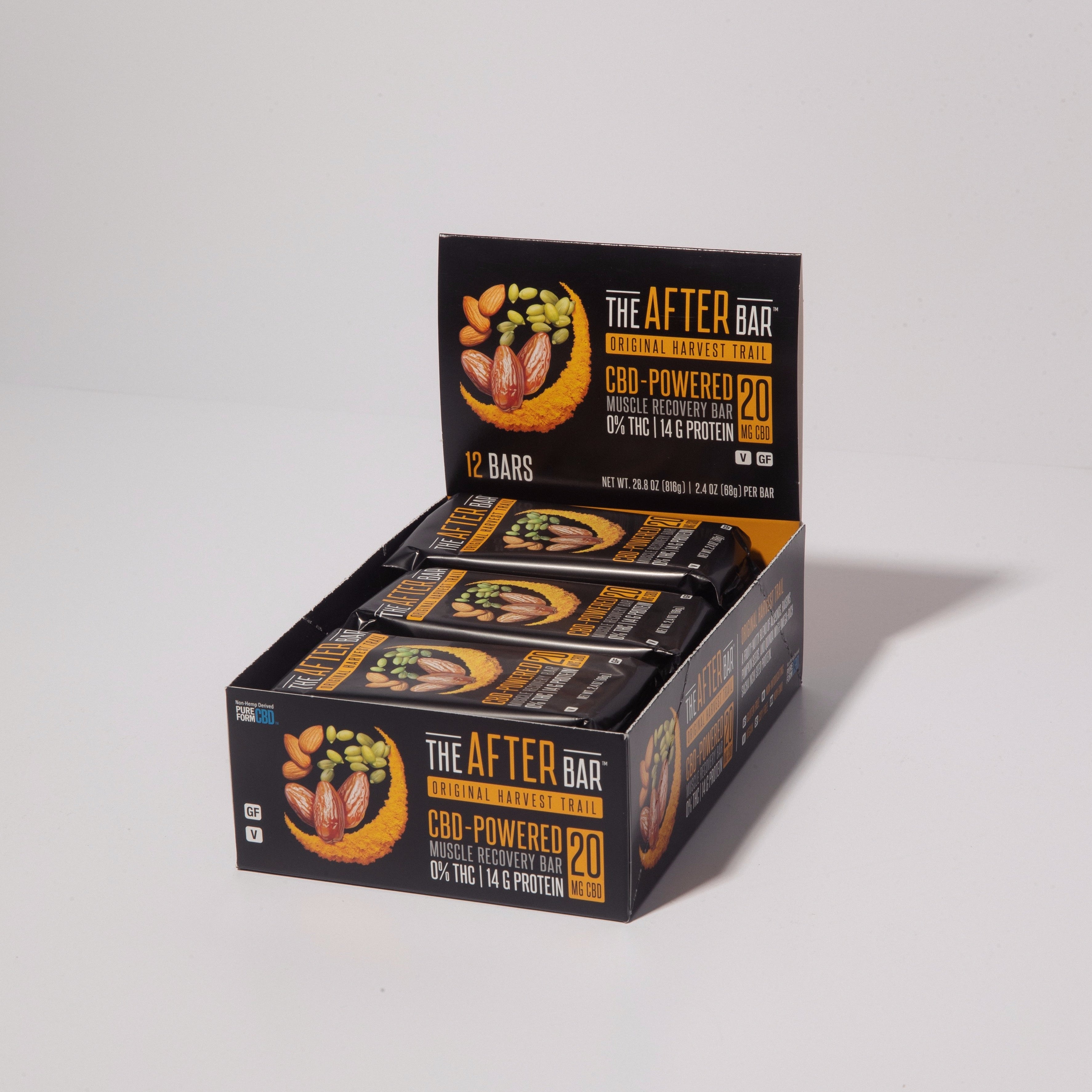
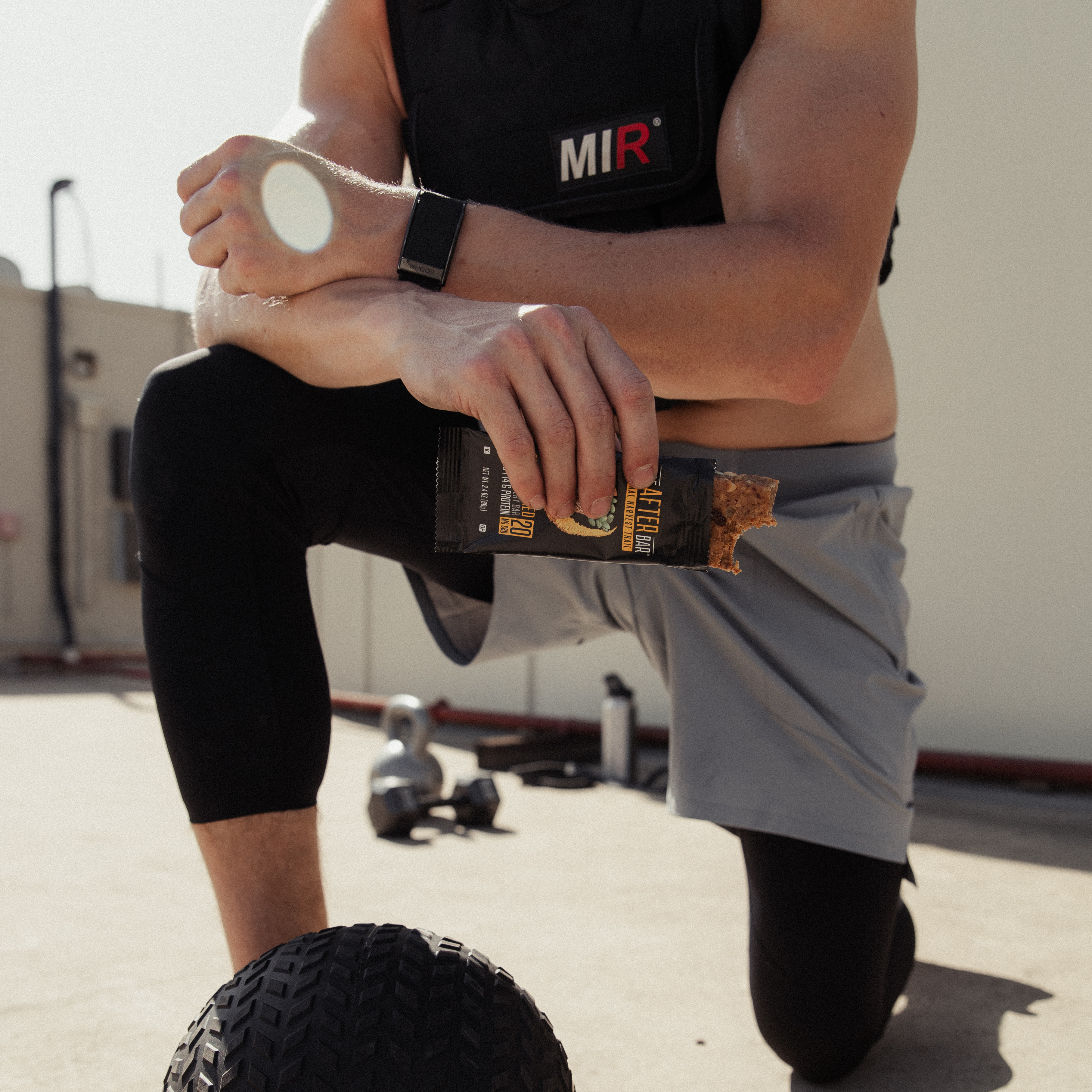
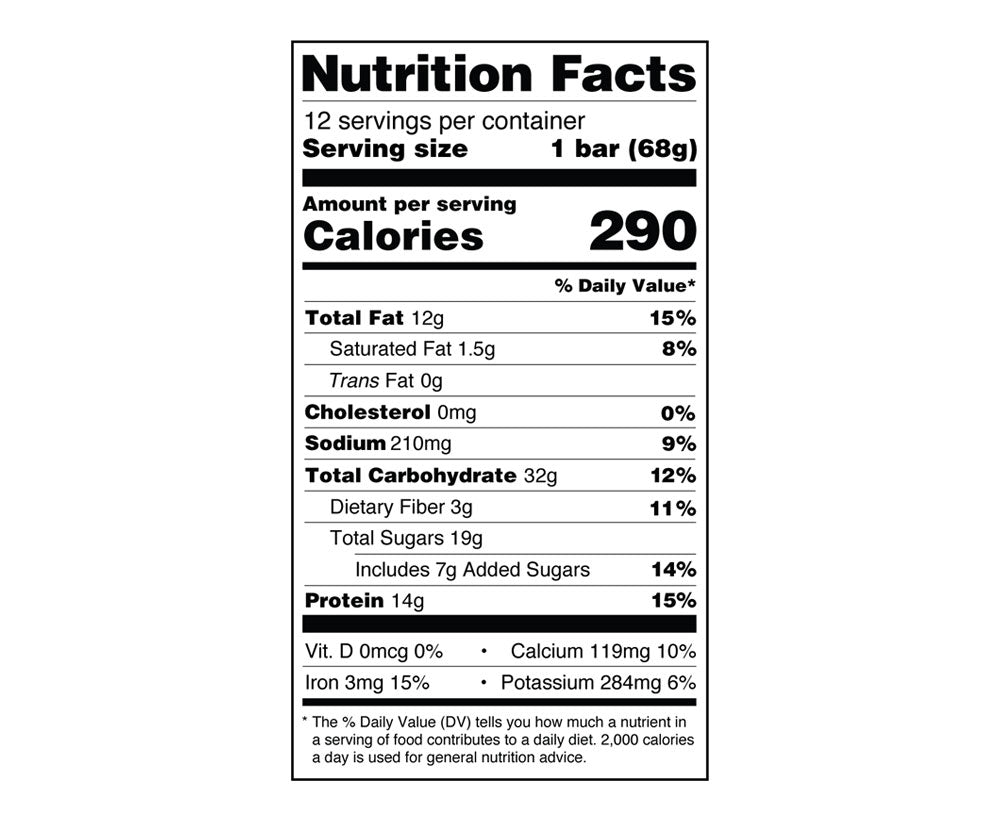
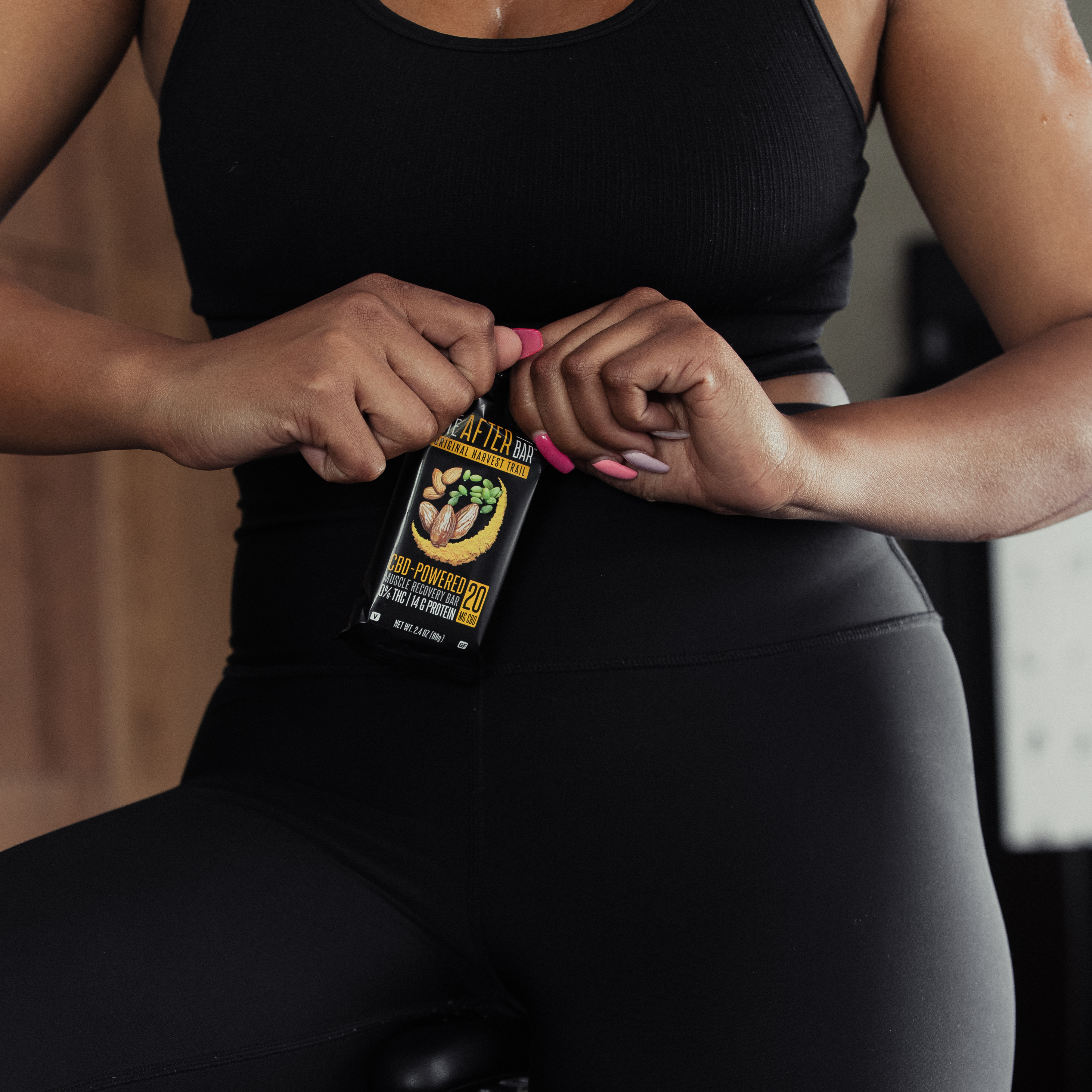
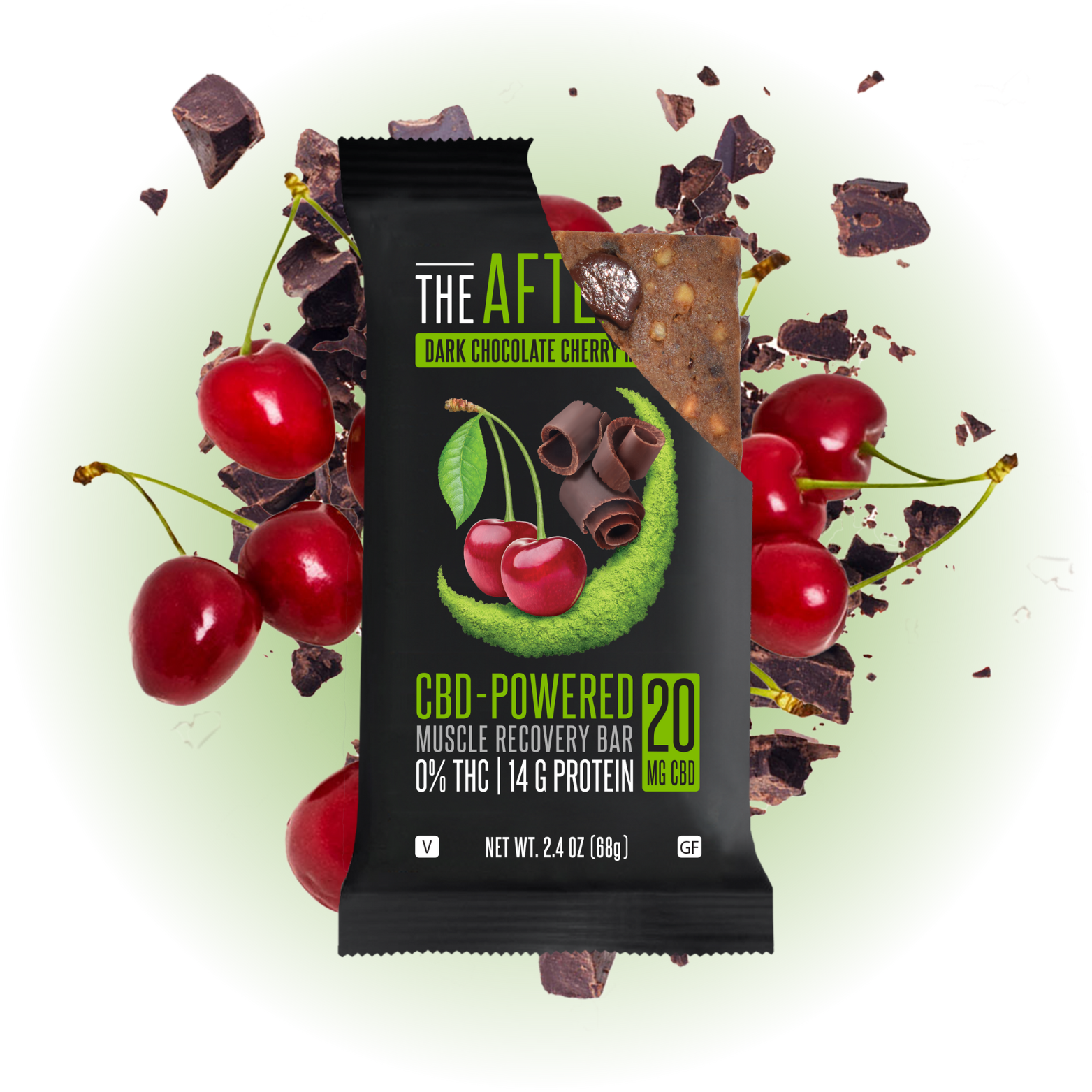
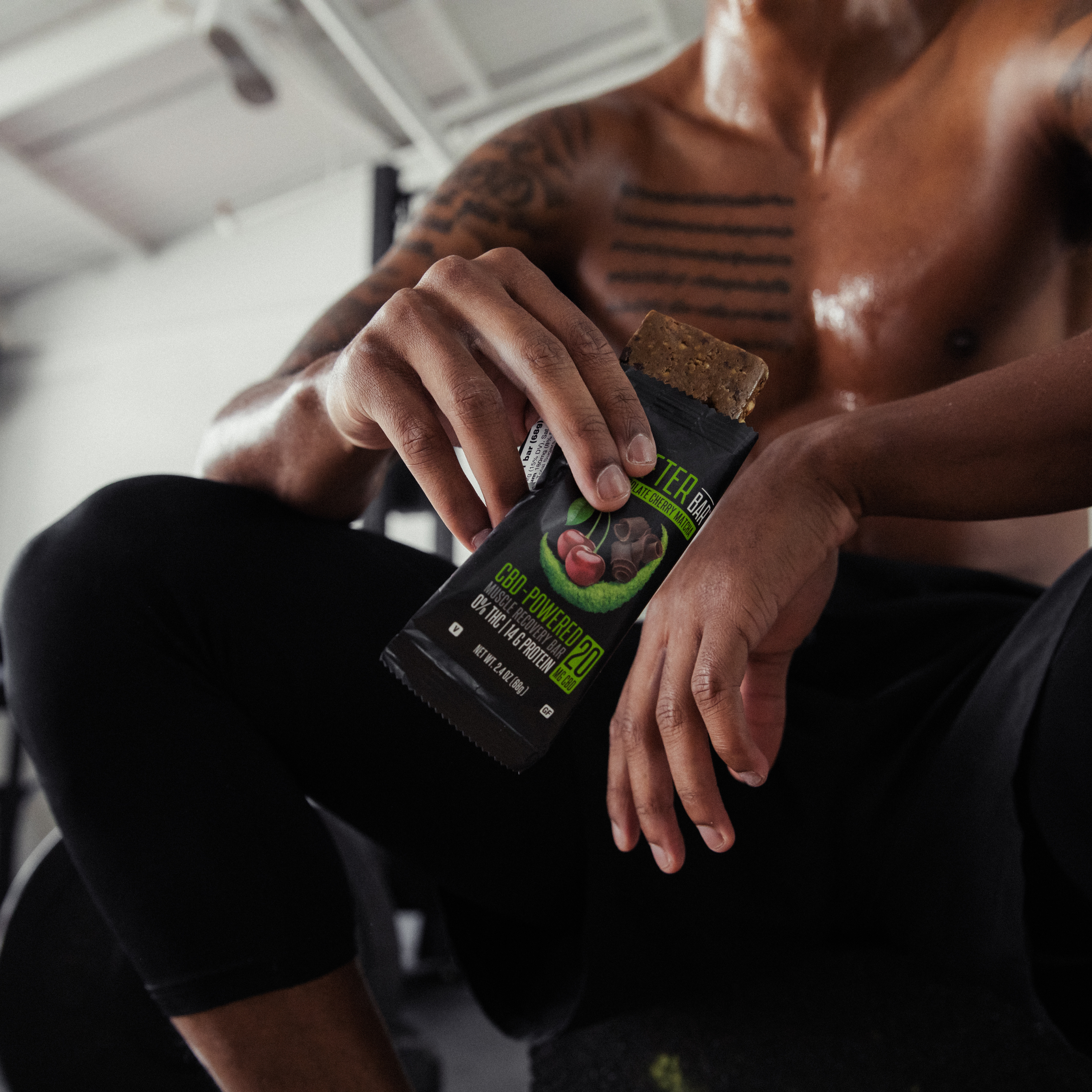
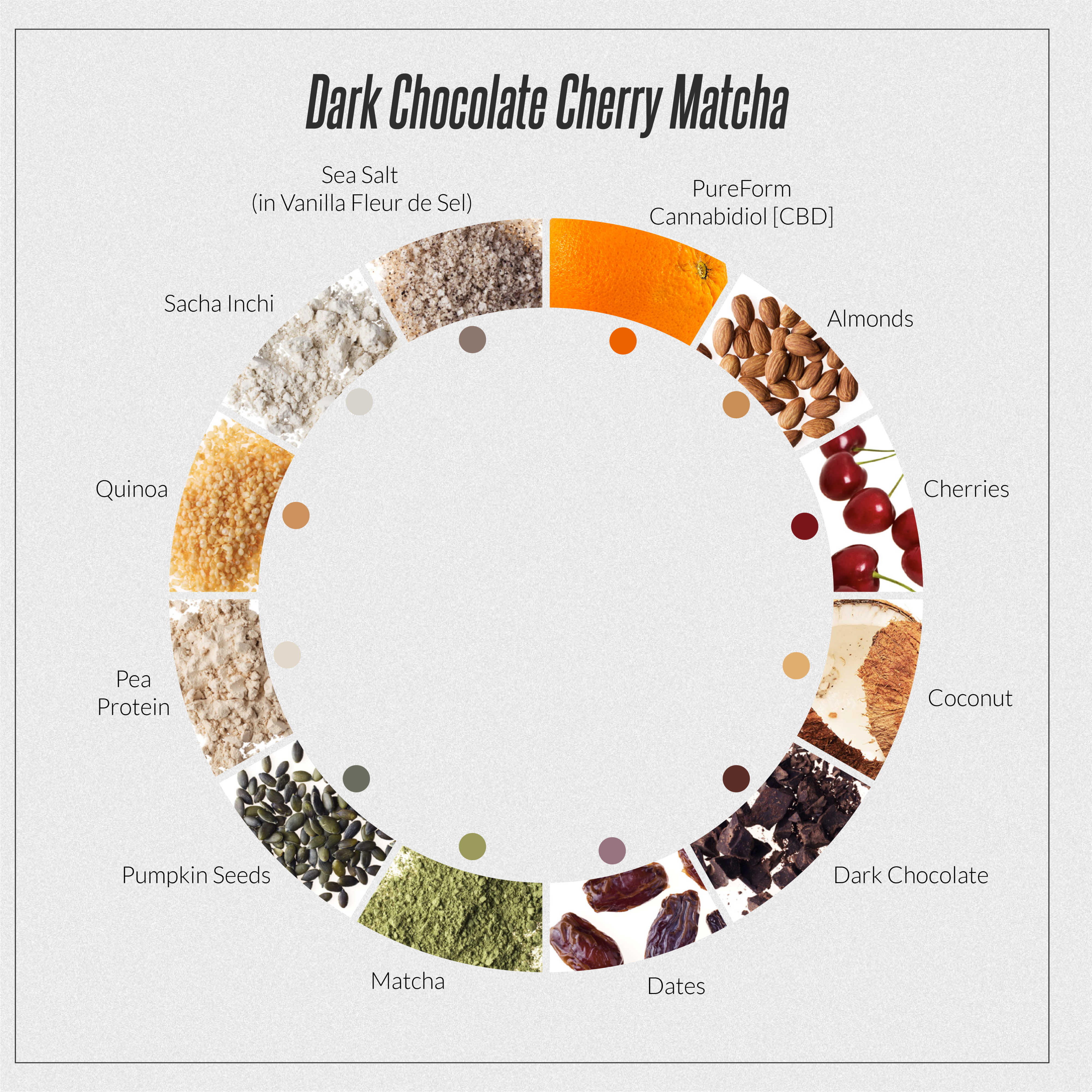
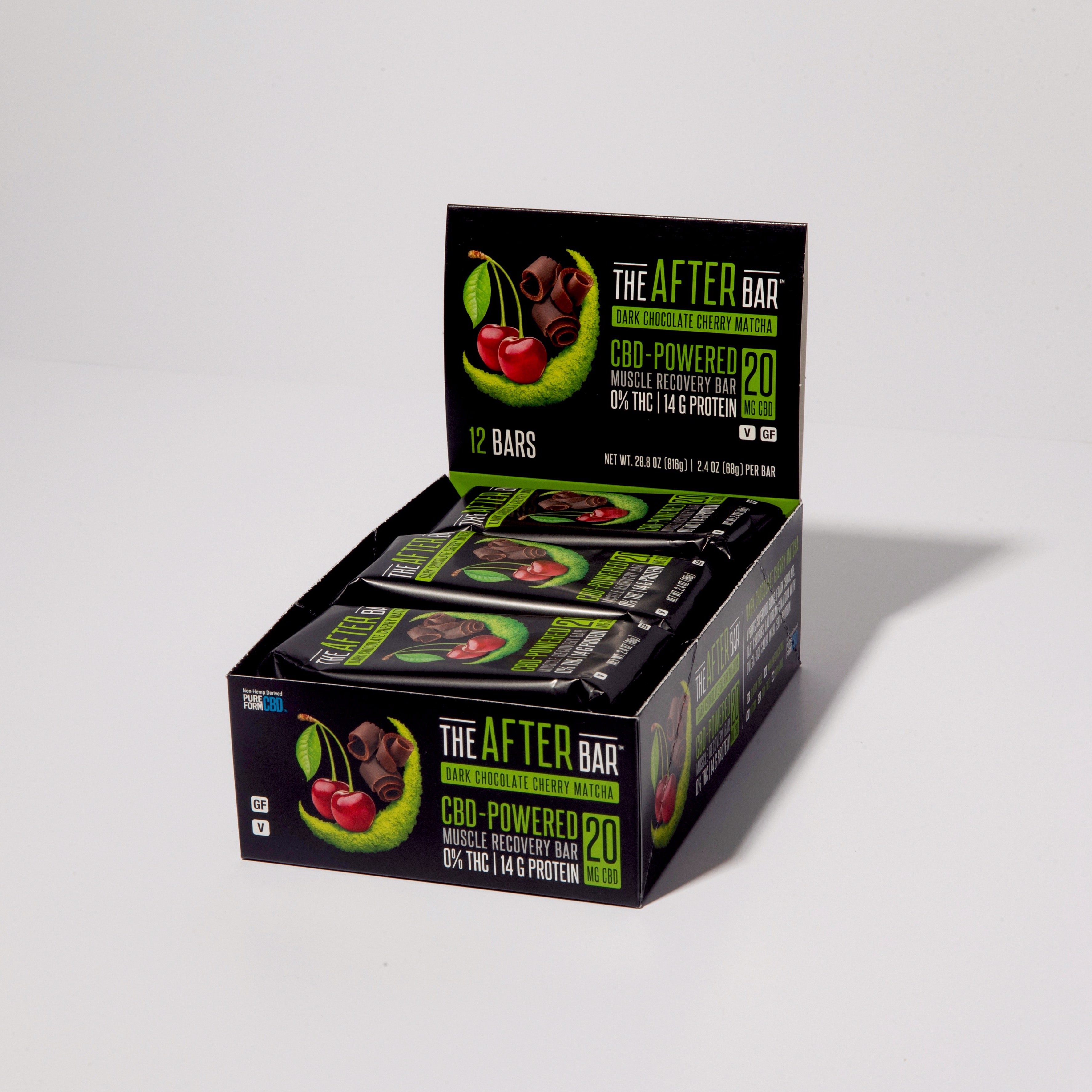
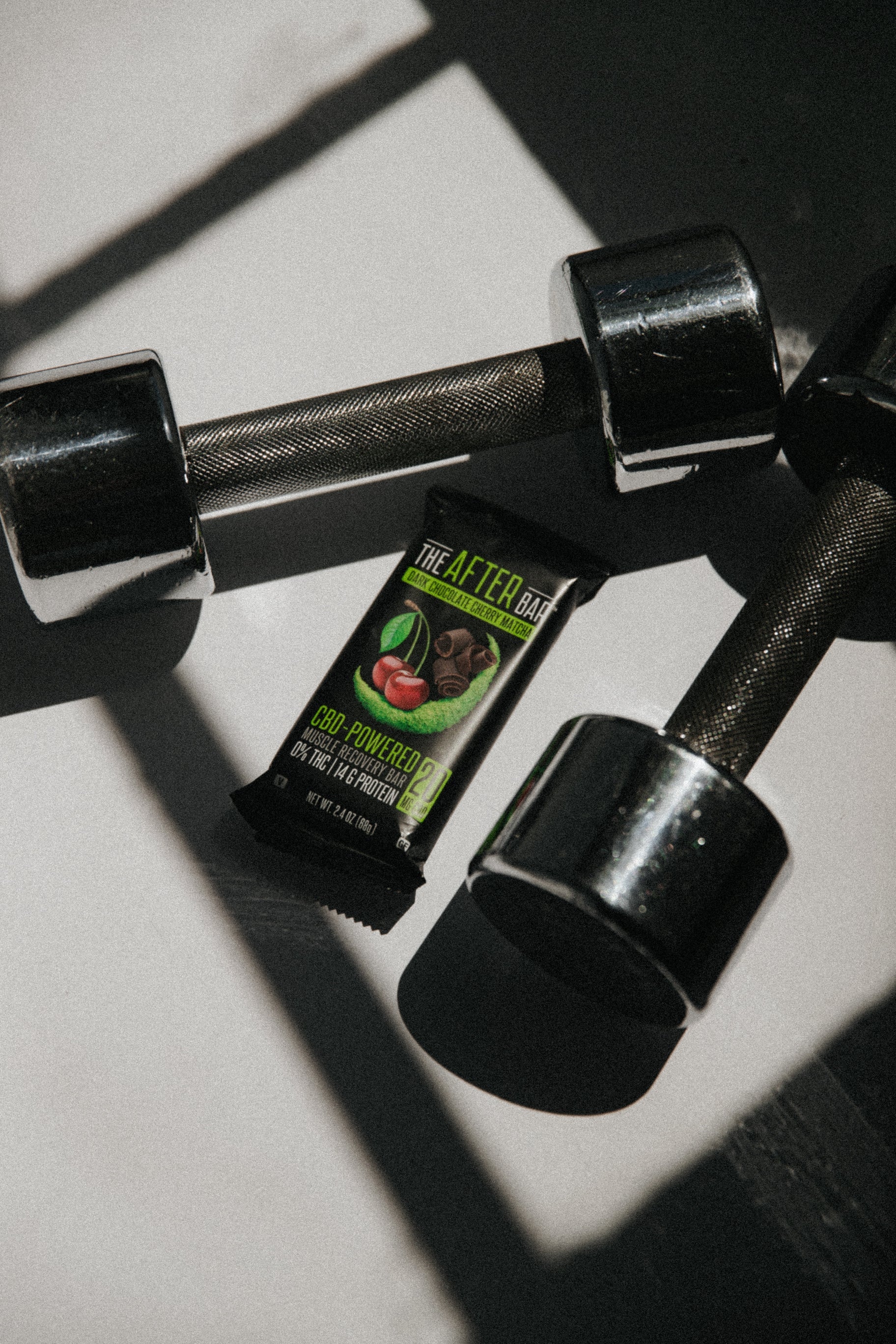
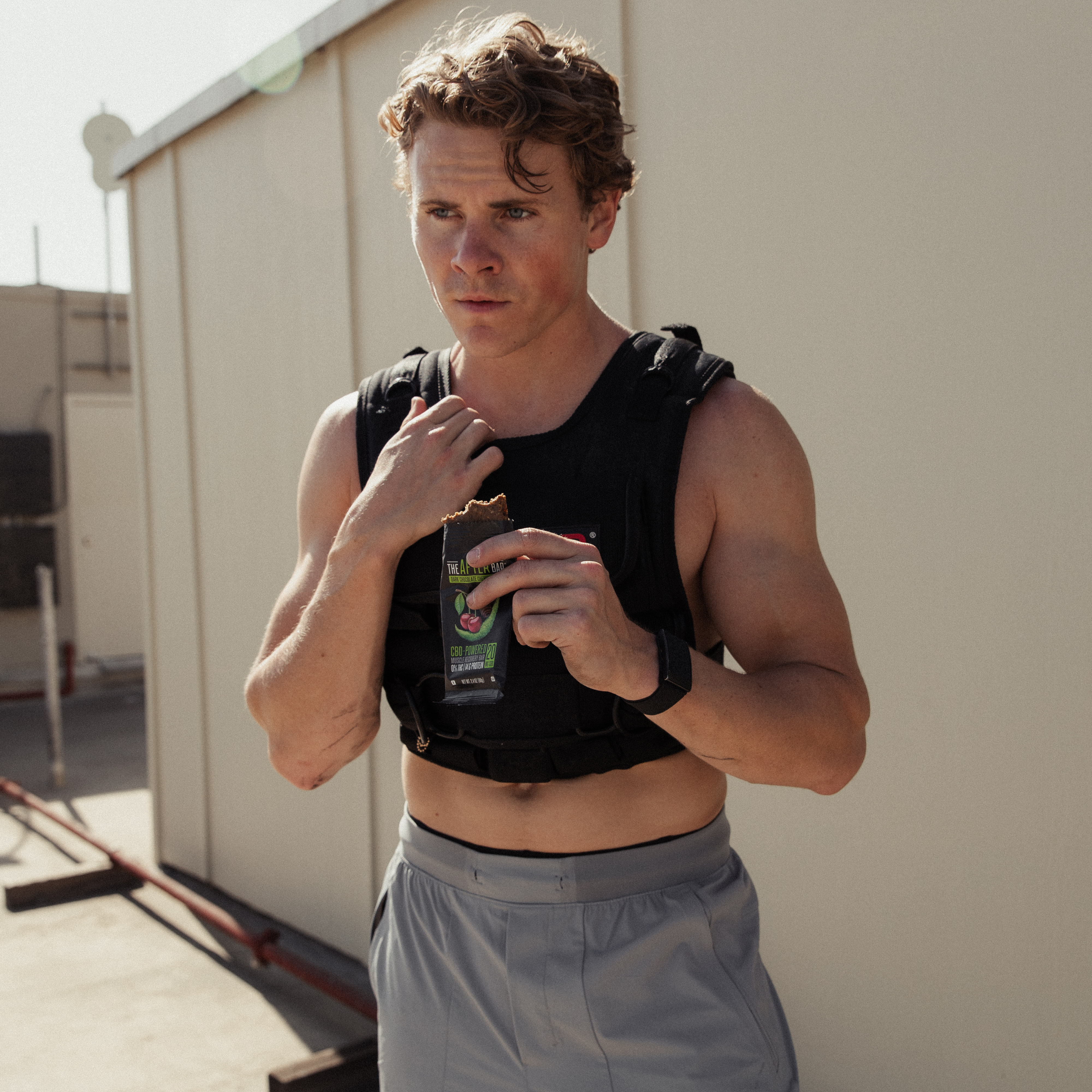
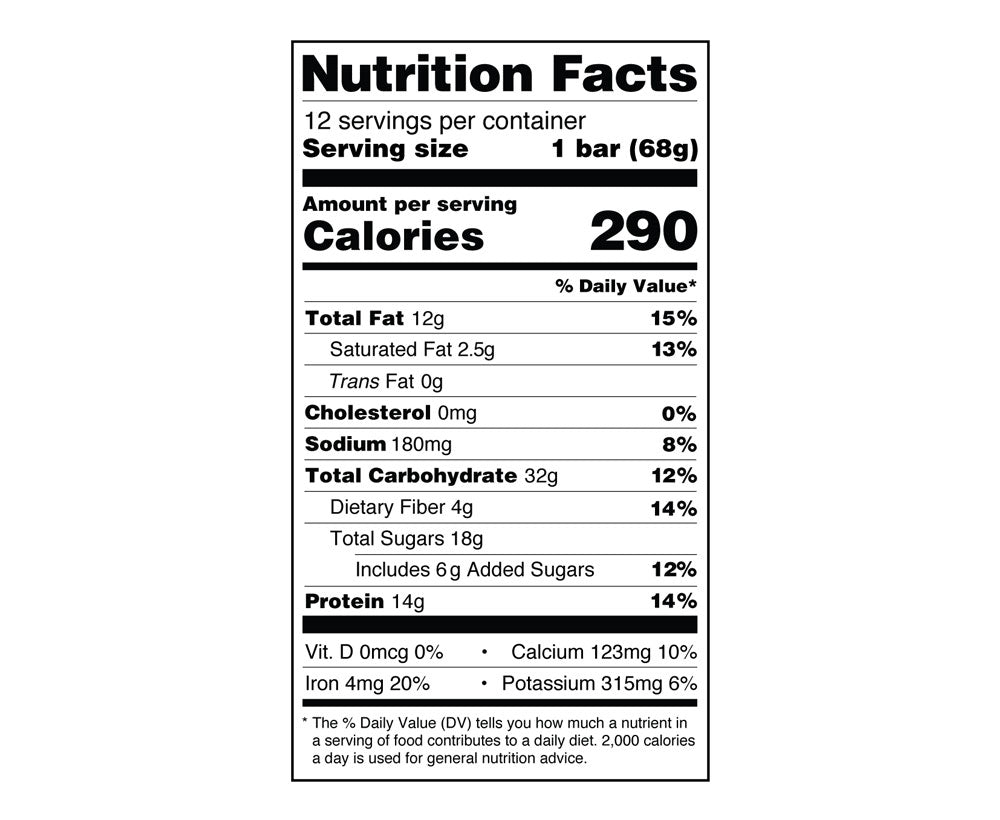
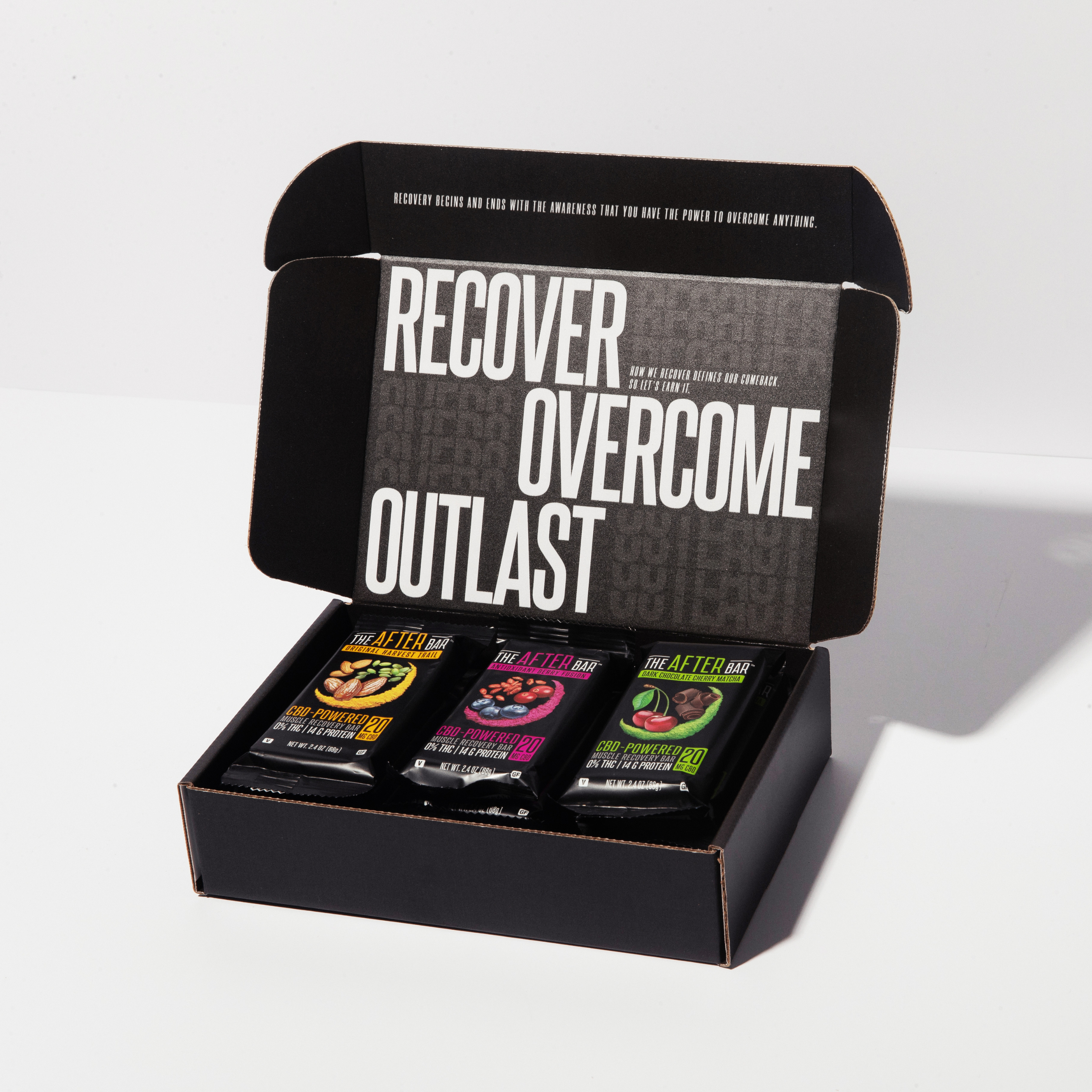
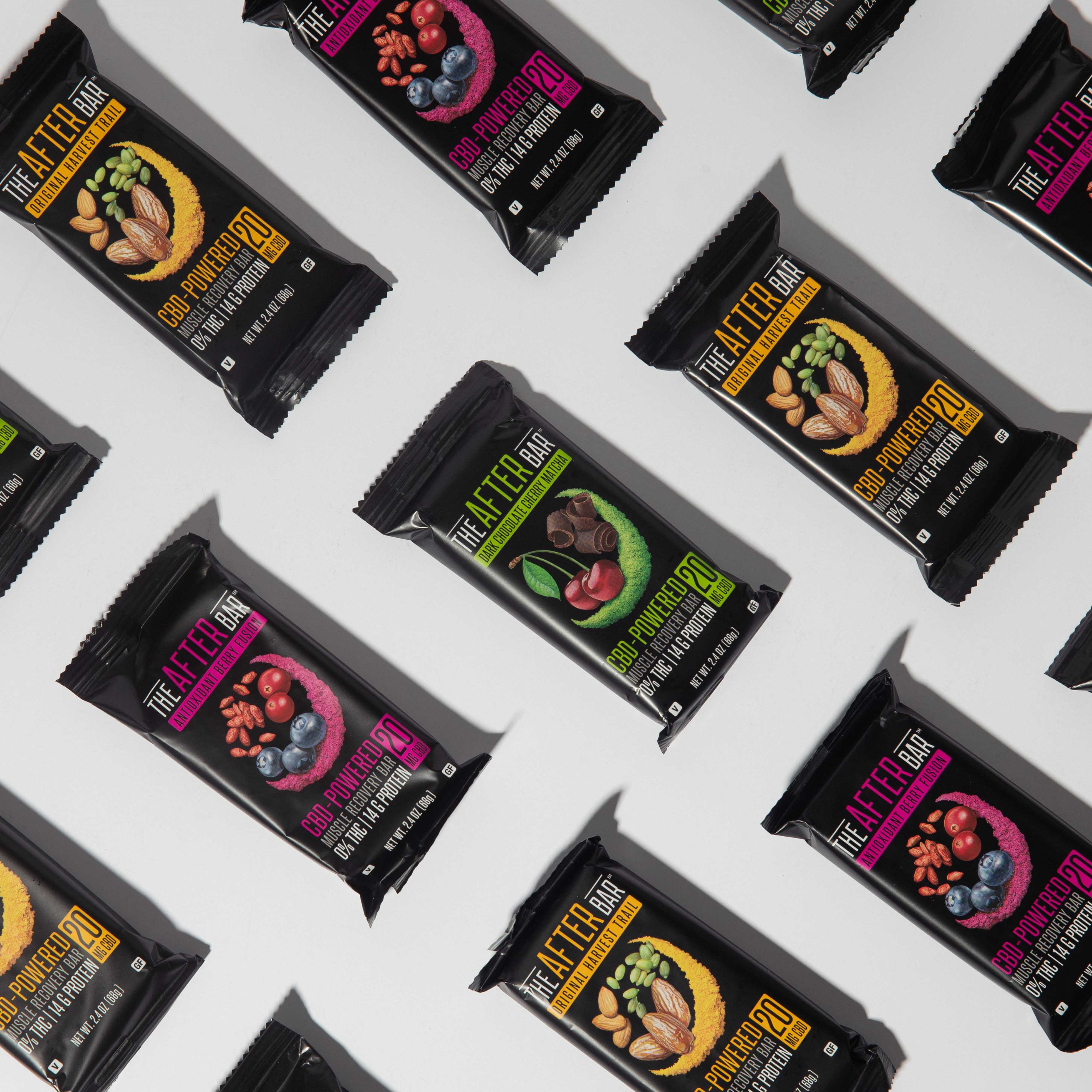
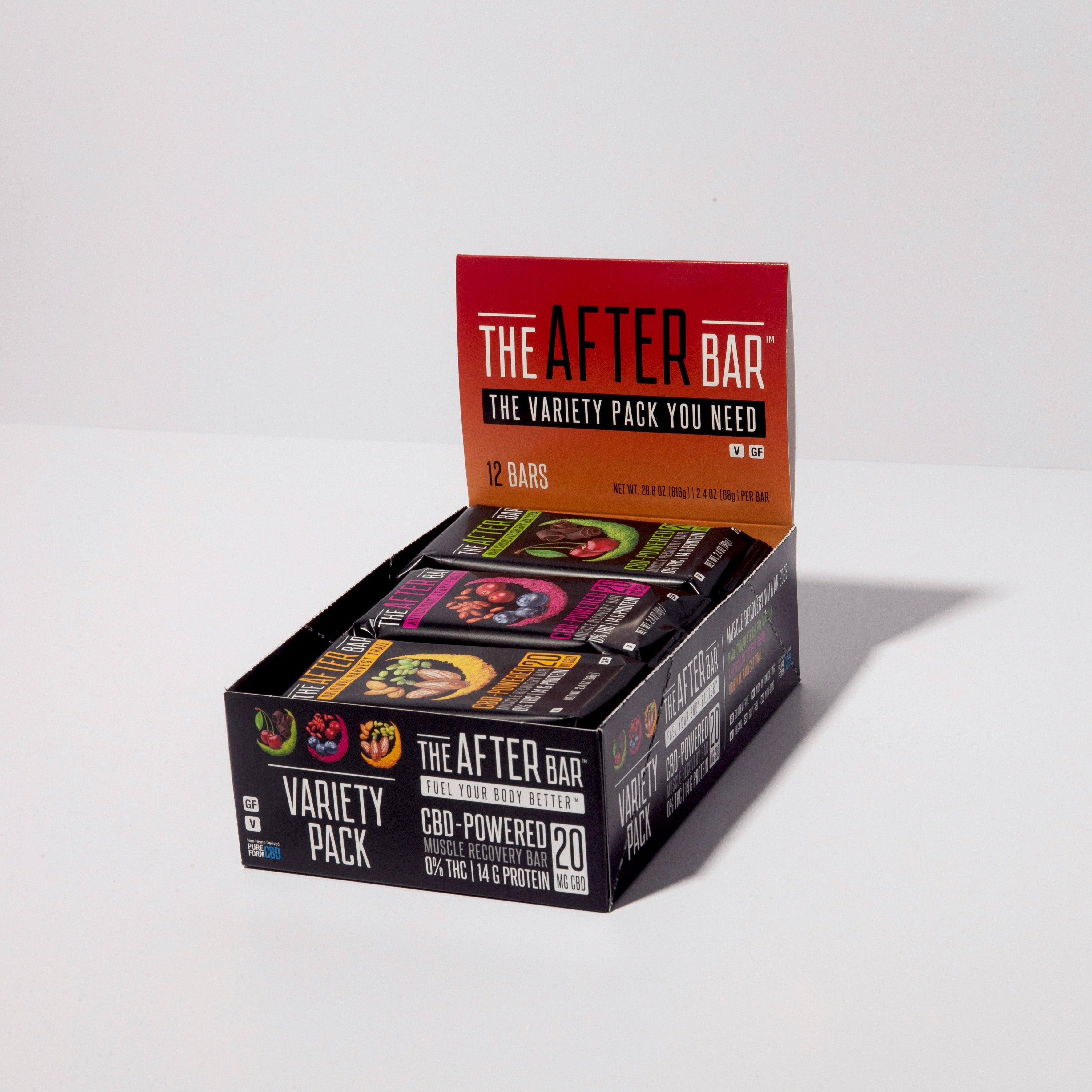
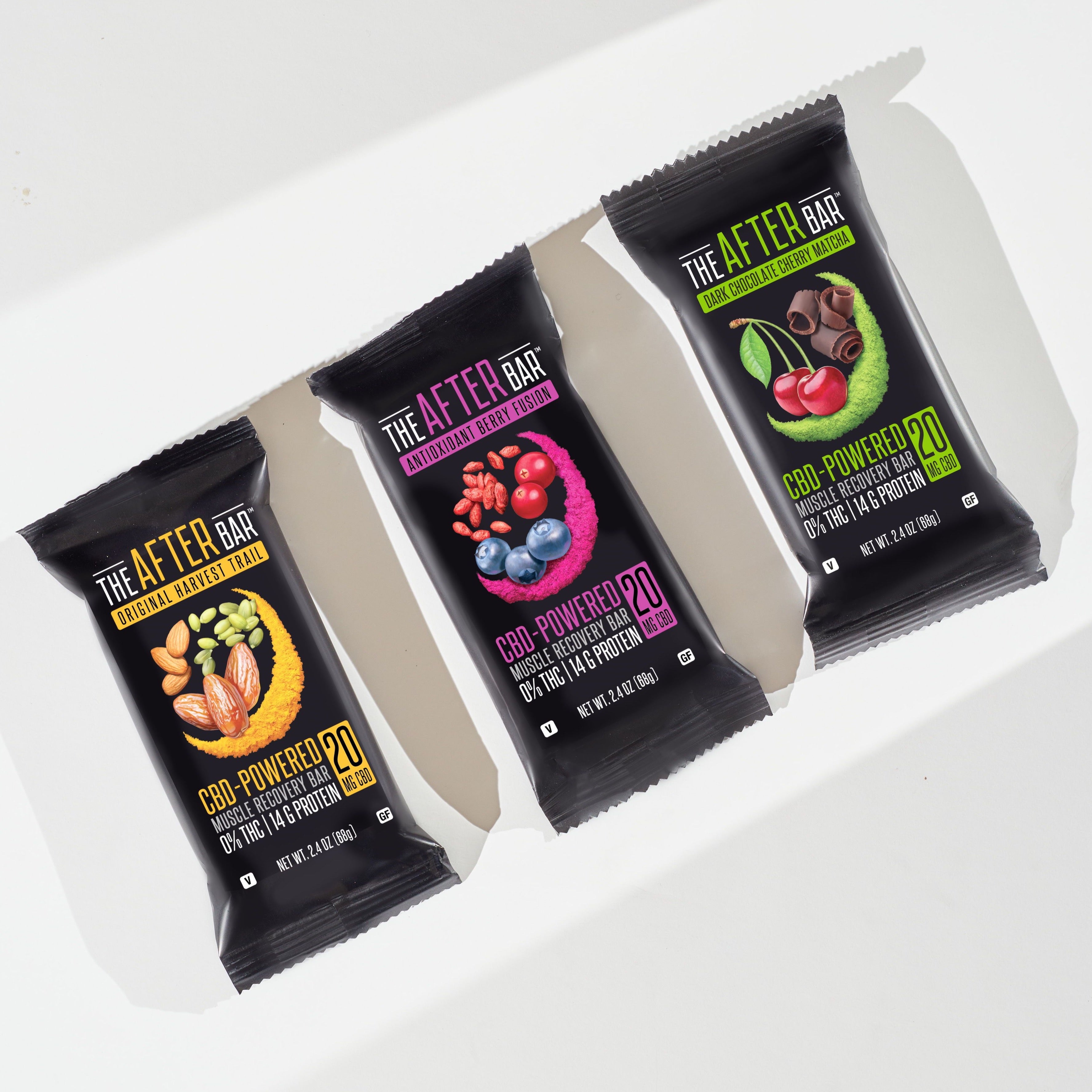
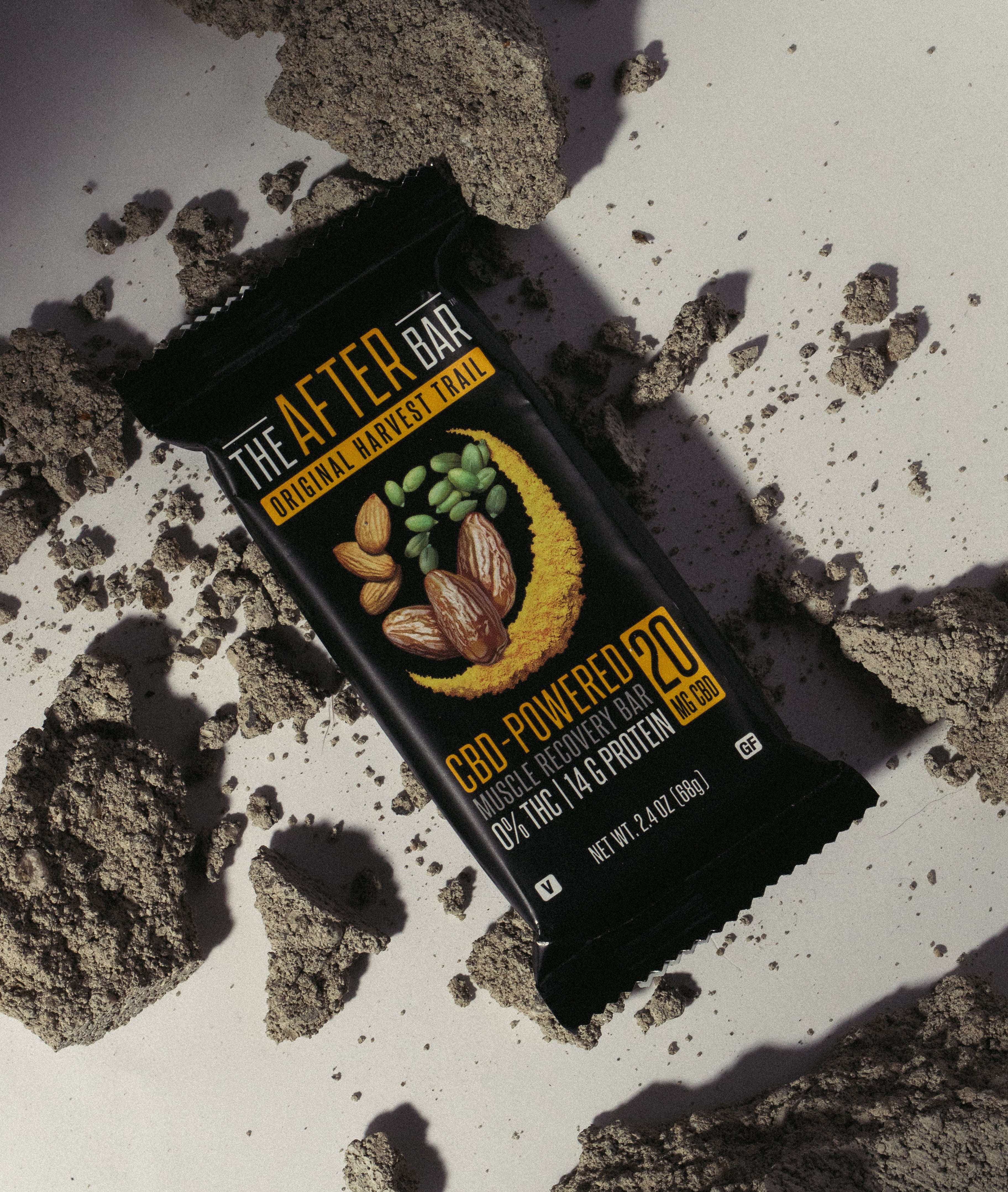
Leave a comment